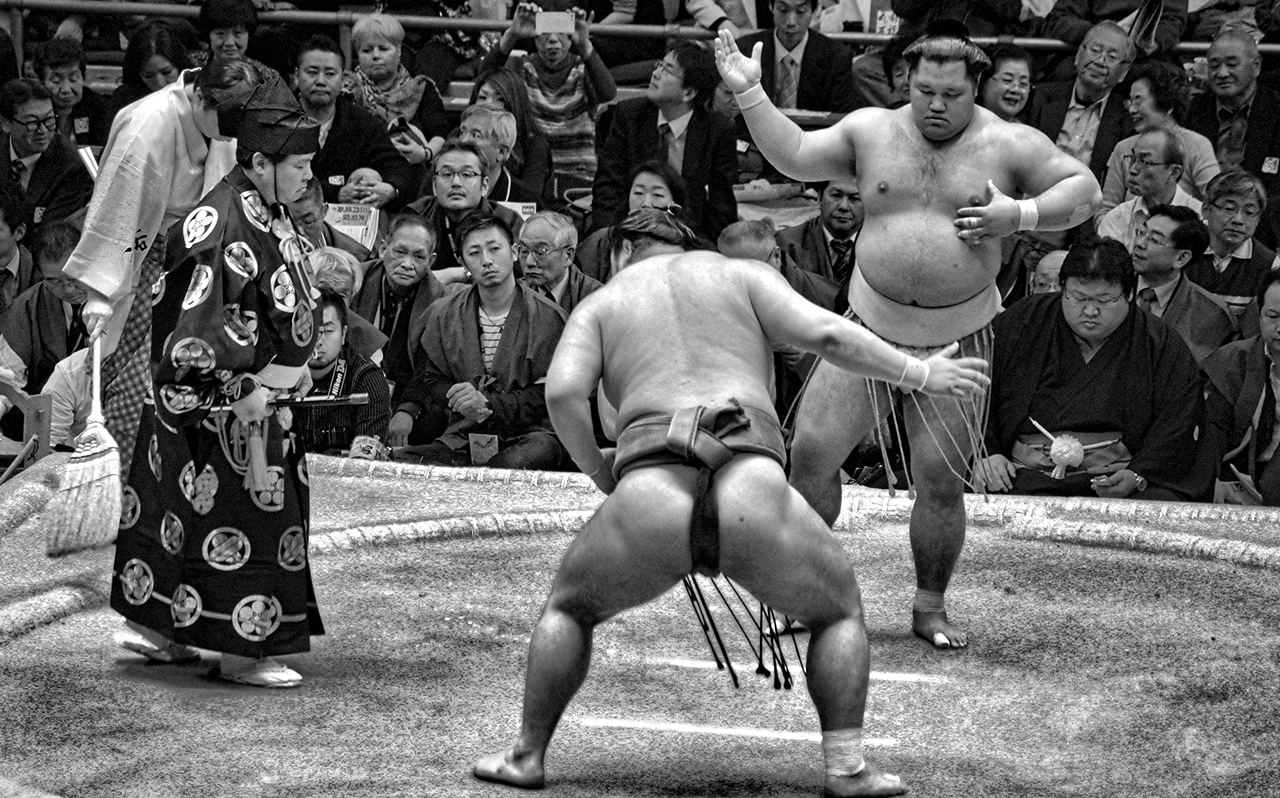Rising sun, rising stars: Charting the course of Japan’s sporting legacy

In the archipelago of Japan, where the ancient meets the ultramodern, sports form an essential weave in the nation’s vibrant cultural backbone. The Japanese have long cherished their traditional sports, which are steeped in ritual and reverence, reflecting a society that balances respect for heritage with an appetite for innovation. From the hallowed sumo dohyō to the serene archery dojos, these sports have not merely survived; they have thrived, continually influencing and being reshaped by contemporary values and technology.
This historical continuum from past to present is nowhere more evident than in the nation’s unwavering commitment to martial arts, which teaches discipline and respect, cornerstones of Japanese ethos. But the spectrum of Japanese sports is broad, encompassing the meticulous strategy of shogi (Japanese chess) and the dynamic combat of judo, to the imported fervour for baseball and soccer. These imports have been seamlessly woven into Japan’s cultural fabric, illustrating a unique duality – honouring the immutable spirit of ancient traditions while embracing the global sports narrative. As this article unfolds, it will trace the indelible marks of history on Japan’s sporting life and how these marks have set the foundation for a flourishing and dynamic modern sporting landscape, including the more recent https://bons.com/ja/sports.
Ancient and Traditional Sports
The cultural fabric of Japan is intricately embroidered with the threads of traditional sports such as sumo wrestling, kyudo, and kendo. Sumo, a sport that can trace its lineage back to the Shinto rituals, remains a national spectacle symbolising strength and spirit. Kyudo, which translates to ‘the way of the bow’, is not just archery but a discipline steeped in Zen, emphasising precision and meditation. Kendo, the art of swordsmanship, teaches not only physical skill but also the way of the samurai, instilling respect and honour. These sports have been meticulously preserved, evolving with time while remaining a cornerstone of cultural ceremonies and an integral part of the educational curriculum, fostering a continuum of traditional values.
Influence of Western Sports
During the Meiji Restoration, Japan eagerly embraced Western innovations, including sports such as baseball and soccer. These games were initially adopted by universities and military academies, fostering teamwork and discipline in line with modernisation efforts. Baseball, in particular, became a professional and cultural phenomenon, with the creation of Nippon Professional Baseball mirroring America’s fervour for the sport. Soccer also grew in popularity, leading to the establishment of the J.League, which propelled the sport to new heights in Japanese society. These Western sports have since become ingrained in the national psyche, contributing to Japan’s diverse sporting culture.
Post-War Expansion and Internationalisation
In the post-war era, Japan sought to rebuild and redefine its place in the world, with sports playing a key role in this transformation. The 1964 Tokyo Olympics served as a global stage for Japan to showcase its recovery and modernity, leading to substantial investments in sports infrastructure. This period marked Japan’s earnest entry into the international sports arena, with improvements in athlete training regimens and facilities. These efforts not only enhanced Japan’s sporting prestige but also established a legacy of international competition that continues to this day.
Contemporary Sports Scene
Today, Japan’s sports scene is a dynamic mix of tradition and modernity. Sumo wrestling continues to command respect and fascination, while baseball and soccer draw vast crowds, reflecting their status as mainstays of professional sport. Emerging sports, influenced by global trends and media coverage, are gaining traction among the youth. Sponsorships and technological innovations have transformed spectatorship and athlete performance, with sports analytics and digital viewership becoming integral to the industry. The synergy of traditional values with cutting-edge technology epitomises the contemporary Japanese sports environment.
Challenges and Future Outlook
The landscape of Japanese sports is not without its challenges. A shrinking and aging population presents issues for talent development and audience engagement, while economic pressures necessitate careful management of resources. The drive for international competitiveness spurs constant evolution in training and performance. The successful hosting of the 2020 Tokyo Olympics, despite global challenges, has set the stage for the future, promising a reinvigorated focus on sports as a medium for cultural exchange and a stimulus for national pride and global engagement.
Conclusion
As we look back across the expanse of Japan’s sporting history, it is clear that the nation’s athletic endeavours are much more than mere games; they are a profound narrative of cultural identity and evolution. From the ancient rituals of sumo that still resonate with timeless reverence, to the adoption and adaptation of baseball and soccer that speak to Japan’s openness and adaptability, sports in Japan represent a harmony of past and present.
The 1964 Tokyo Olympics marked Japan’s vibrant re-emergence on the world stage, setting a precedent for excellence and innovation that the 2020 Tokyo Olympics only further cemented, despite unprecedented global challenges. These events are not just athletic competitions; they are a showcase of Japan’s resilience and forward-thinking spirit.
Yet, the journey is far from complete. With demographic and economic challenges on the horizon, Japan’s sporting future must navigate through these complexities to continue its legacy of excellence and unity. The dedication to cultivating young talent, coupled with an embrace of technological advancements, positions Japan to leap forward into the future without losing its connection to the ethos and spirit that have long defined its sporting culture.
In closing, Japan’s sports history is a testament to its ability to honour tradition while fostering growth and change – a delicate balance that will continue to shape its athletic narrative in the years to come.
The editorial unit























Facebook
Twitter
Instagram
YouTube
RSS